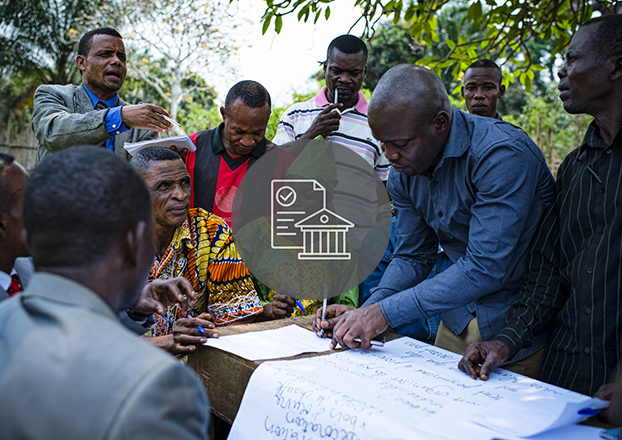Agriculture and food systems are shaped significantly by public policies, strategies and investments. In recent decades, the global expansion of industrial agriculture has been characterized by the use of external inputs and mechanization, and public policies have facilitated this through measures such as subsidizing inputs. Other approaches to food production that emphasize environmental and nutritional outcomes, including agroecology, have also emerged on the radar screens of governments. However, these approaches have largely been confined to ‘piloting’ spaces. For agroecological transitions to take place at scale, significant changes in policies, strategies and investments will be required. More knowledge is needed about what types of policies can help foster agroecology in practice so that it can reach its objectives. This is especially true in locations where the policy environment is tilted towards the promotion of other approaches.
Progress
A draft background paper entitled “Agroecologically-conducive policies: a review of recent advances and remaining challenges” has been prepared to address the following questions:
- What types of policies are important for facilitating agroecological transitions, and what examples are currently in practice?
- How well have these policies worked to foster transformations in agroecology, and why are they working?
- What are the remaining policy challenges and knowledge gaps standing in the way of agroecological transitions?
The draft was presented during an international, high-level, online event and was open for an extended electronic consultation until 15 October 2021. The revised version and feedback received were discussed in early November at the GLF Climate: Forests, Food and Finance – Frontiers of Change conference, held on the sidelines of COP26. The final version of the paper was released in July 2022 and is available here.

